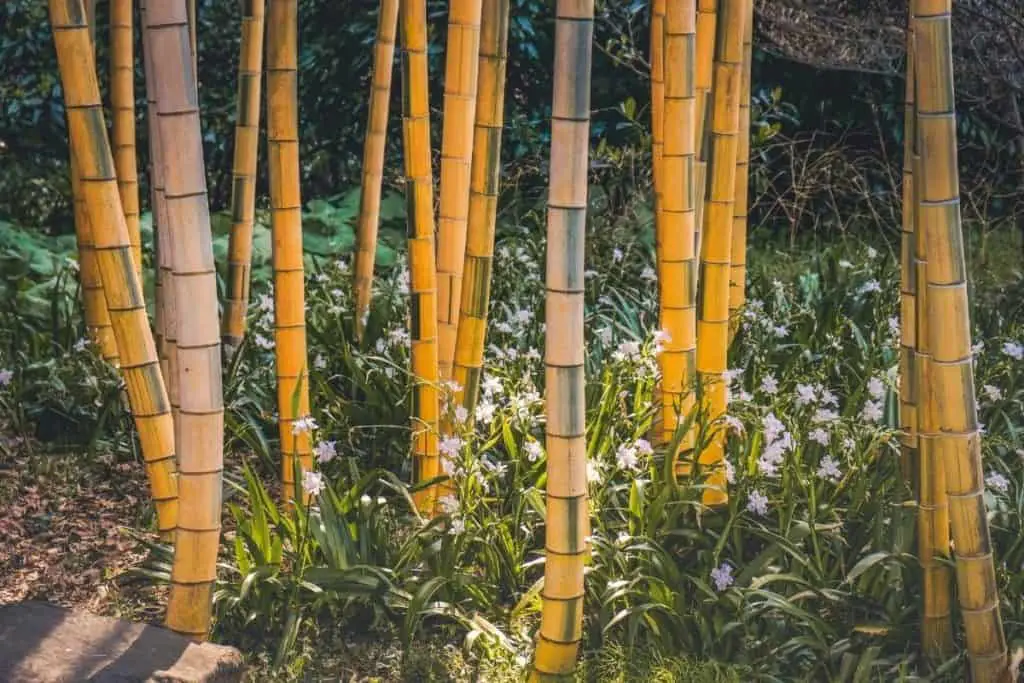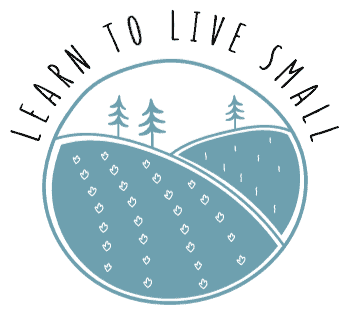Tiny houses seem like they are some current day fad, but they are far from it. It is the idea of living in a house that has all that you need even though it is tiny. Many people are flocking to these types of houses due to the lower costs and a better use of space (with foldable beds, a lot of hidden storage, etc.) However, it got me thinking. Are tiny houses sustainable in the big scheme of things? And how are they so?
In general, tiny homes are sustainable as they require less material to build, hold less consumer goods, and encourage alternative solutions for energy use and other eco-friendly efforts. Using natural resources wisely with materials that are less harmful or recycled adds to the sustainability, as well.
That said, there is more nuance to the conversation about the sustainability of a tiny house over a standard home.
What Exactly Makes a Tiny House Sustainable?
The United Nations described what makes a tiny house sustainable well. “Affordable housing that limits the overuse of natural resources and helps the battle against destructive climate change.”
Conserving natural resources is ultimately what we are aiming for when when we talk about sustainability. Layer in that we want to limit, reduce, or even eliminate climate change. Both elements work hand in hand.
Using less means we preserver our natural ecosystems.
With some planning, tiny houses can be designed to be so much more to your lifestyle. Financial freedom, simplification, AND sustainability!
Size Considerations
While the interior of a tiny house is small, it packs a big punch since all the space inside needs to be used wisely.
The obvious is that the small size means that it takes less material to build. A normal-sized house is said to use about seven large trucks full of lumber and materials while a tiny house only uses half a truck. This alone makes a huge difference in saving the environment. (SOURCE)
Less materials are used to build it, but the ecological footprint that the house takes up is much smaller than regular houses. I’m not sure if you’re heard this before, but in areas where flooding has become an ever-increasing nuisance, the increasing nearby concrete & structures are said to be a major contributor to it.
A tiny house uses less carbon, reducing its carbon footprint when compared to other larger homes regardless of how green it go
Leaving more land in its natural state is a sure-fire way to build in an environmentally-friendly and, therefore, more sustainable.
Being smaller automatically means a tiny home requires less energy consumption (FIND STATS ON THIS) and therefore, energy costs, too, regardless of the material used to build it or how you decide to heat and cool your home.
Less space to heat and cool = more sustainable
The smaller the house the fewer resources and energy it will use. That is because a tiny house essentially takes a lot less energy to heat, cool, and power up the house. This is regardless if you are on the grid or off it. Although, the latter will further help save the environment.
We’ll go into this a bit further later in this article, but materials used are big component to make a sustainable tiny house.
Is it cheaper to buy or build a tiny home?
Minimalism
The smaller footprint of the house means you naturally possess less things. Less things owned means you’ve bought less in general. Successfully tiny house living means you adopt minimalist living attitudes to make it work.
Yes, you can certainly optimize storage, but there is still only so much you can store! Bringing home another items really means you need to have an idea on where it would go, or it doesn’t make it to checkout for you in a tiny home.
Reducing your purchases has a downstream trickle effect into resources, supply chains, and more if enough of us make these decisions.
And when it comes to the maintenance of the tiny house, you simply will need less. Think about it. The features of a house like the bathroom, kitchens, and more are all stripped down to their minimum to meet the household’s needs. This means that there are fewer fixtures and such to buy up front or fix down the road.
An excellent example is that instead of worrying about 2+ toilets you’d find in a regular house, you’ll only worry about one in a tiny version!
Is There Anything Bad About Tiny Houses to the Environment?
In general, tiny homes are better for the environment than traditional homes. However, they still require building materials and can be taxing to the environment during the building phase. Additionally, tiny homes on wheels have transportation impact to the environment.
Building a home simply takes supplies to accomplish the goal, and there is also a broader impact when you consider the supply chain and resources needed throughout this process.
However, if building is required in a situation, you’re still using less on all fronts than if you had a bigger home in mind.
Another potentially negative impact comes to play if you are talking about a tiny home on wheels. Transporting a home using a vehicle does take a toll on the environment, and generally, larger vehicles are used to move them around.

Are ALL Tiny Homes Eco-Friendly?
All tiny houses are eco-friendly due to their sizes, use of less material, and use of less energy. Maria Saxton, a Ph.D. candidate in environmental planning and design at Virginia Tech, concluded that people who move into tiny houses reduce their energy commission by about 45 percent.
The very nature of just living tiny does this, but if you have the option to add in sustainable features of your tiny home, you could have an even greater positive impact to the environment, too!
How Do Tiny Houses Encourage Sustainable Living?
Tiny houses encourage sustainable living by forcing occupants to maximize the use of their possessions, encourage alternative energy and waste solutions.
The idea of living in a tiny house is appealing to many people due to its size, lower maintenance, and bills in the long run. Plus, it is a lot easier to take off the grid than in a standard household. Many tiny houses are built with off-the-grid items such as composting toilets, solar panels, and biogas digesters (source).
And people who move into tiny houses become even more environmentally conscious. Many tiny homeowners recycle, lower their consumption and create less waste.
When you think about it, you have to handle and store waste until it can be disposed of even if you are not thinking with the environment as the priority. This naturally encourages you to look for alternatives to traditional products and their associated waste.
Plus, it also seems that many tiny homeowners also support efforts like shopping local whether for food or their other needs. Throw in the options to grow and possibly raise your own food, and the sustainability sky is the limit!
Connecting with nature through living small naturally tends to encourage sustainable living.
What Materials Should You Use for a Sustainable Tiny House?
Tiny houses are more sustainable than regularly homes, but you can improve the sustainability through selecting and sourcing materials to support this effort.
In general, the materials to build a sustainable tiny home will support using energy efficiently, using recycled materials where possible, and using natural resources that are less taxing to the environment.
Design to Consume Less
Designing a tiny house to work with nature is the first place to start. This can be as simple as building to maximize natural light or as complex as building in rainwater collection and minimizing water waste from the get-go.
Keep in mind that energy used to heat and cool your home is the most taxing element of running a home. If you are building in hot climate, allowing in natural light in the winter is a no-brainer. On the flip side, you’ll want to ensure you can effectively block that light in the heat of the day in August.
Another element we are planning for is cross ventilation and fans to minimize cooling needs where we are building in Texas.
Recycled Materials
Recycled materials are another path to a sustainable tiny house. If you have the opportunity to prevent something from going to a landfill, that is a great start.
However, if the building material has an energy efficient alternative, there could be a trade-off to how well your house is insulated and therefore how much energy is needed over the course of your home’s lifetime.
Windows come to mind here as does toilets that use more water than newer options. You will have to weigh the energy consumption trade-off of some recycled materials.
Resources
It’s important to learn from your own experience, but let’s speed up the learning curve by learning from others along the way. These are sources used in this article, in addition to, our own personal research to provide you the best resource!
Davidson, J. (2019, December 18). Tiny Homes Are Very Eco-Friendly, New Research Confirms. EcoWatch. https://www.ecowatch.com/tiny-house-eco-friendly-2639728847.html.
em552, A. (2019, November 11). How the tiny home movement promotes sustainable living. Sustainability at Kent. https://blogs.kent.ac.uk/sustainkent/2019/11/11/how-the-tiny-home-movement-promotes-sustainable-living/.
United Nations. (n.d.). Small and sustainable: ‘Tiny Houses’ could be solution to world’s housing problems | | UN News. United Nations. https://news.un.org/en/story/2018/07/1014982.
